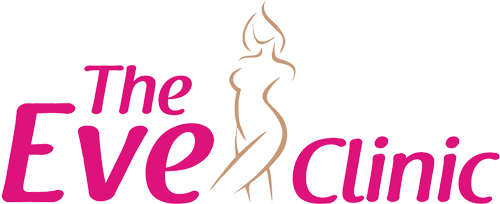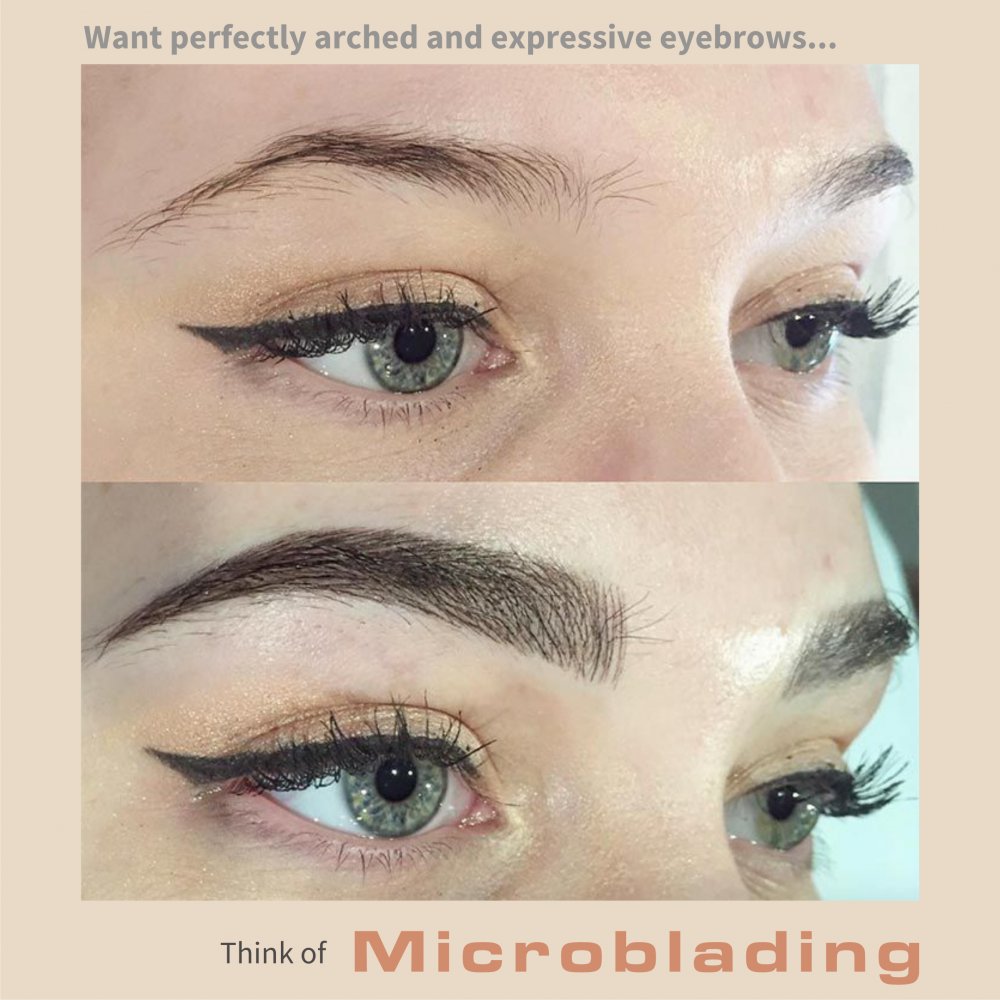CHRONIC SKIN DISEASES
- Eczema/ Dermatitis
- Psoriasis
- Acne
- Rosacea/ Acne Rosacea
INFECTIONS
- Bacterial Boils
- Fungal
- Ring worm
- Athlete's Foot
- Fungal Nail Infection
- Viral
- Chicken Pox
- Herpes Zoster
- Herpes Labialis
- Warts
- Molluscum contagiosum
- Urticaria/ Hives
- Itching
- Sunburn
- Rashes
SKIN DISCOLORATION
- Moles, Freckles
- Vitiligo
- Birthmarks
What is Eczema/ Dermatitis?
Its term for group of medical conditions that cause skin to become inflamed or irritated.
Most common type is Atopic eczema
Most of the people experience symptoms on and off throughout the life. The disease cannot be cured but can be controlled with proper treatment.
What are symptoms of Eczema?
- Itching
- Rash-commonly effects face, neck, back of knees and arms. Can spread to whole body.
- Skin becomes dry, thickened and scaly
- Pigmentation in dark skin type
What causes Eczema?
The exact cause of eczema is unknown. It is thought to be an overactive response of the body's immune system to an irritant. It is this response that causes symptoms of eczema.
Commonly found in families with history of allergies or asthma.
How is Eczema treated?
Goal of treatment for eczema is to relieve and prevent itching.
- Lotions and creams to keep skin moist, these should be applied when the skin is damp.
- Cold compresses
- Topical steroid creams
- Oral steroids
- Phototherapy
How can eczema flares be prevented?
- Moisturize frequently
- Avoid sudden changes in temperature
- Avoid sweating
- Reduce stress
- Avoid wool
- Avoid harsh soaps and detergents
- Be aware of the foods that aggravate your problem
Quick facts about eczema
- Eczema is not contagious
- Eczema runs in families
- Eczema is not an allergic reaction.
Triggers in Eczema
Trigger does not cause eczema, but can make it worse.
- Wool
- Soaps and cleansers
- Makeup
- Dust and sand
- Irritants in environment
- Cold, flu
- Allergic reaction to mold, pollen
- Stress
- Hot showers
- Not using lubricant after bath
- Winter
What is Rosacea?
- Rosacea or acne rosacea is a chronic skin disease characterised by redness and pimple-like skin lesions over face.
- Rosacea effects central face- cheeks, nose and forehead.
- It causes Blushing of face, spider-like blood vessels on the face and burning or stinging feeling.
Trigger factors for Acne Rosacea
- Exposure to temperature extremes
- Strenuous exercise
- Sun exposure
- Stress, anxiety
- Cold wind
- Moving to warm environment from cold one as heated shops and offices in winters
- Food and drinks
- Alcohol
- Hot Tea and Coffee- Caffeine rich
- Spicy food
- Red wine, Beer, Yogurt- Histamine rich
Precautions for Rosacea
- Avoid sun exposure
- Use broad spectrum sunscreen
- Avoid activity in hot weather
- Avoid spicy foods, alcohol, and hot beverages
- Reduce stress
Facts about Rosacea
- Not contagious
- Chronic skin disease
- Rosacea cannot be cured, but it may be controlled with treatment.
When to see dermatologist of Rosacea/ Facial Redness?
Over-the-counter skin care products contain acids, alcohol and other irritants- that may worsen Rosacea.
If you feel persistent redness of your face, see your dermatologist for proper diagnosis and treatment.
Treatment of Rosacea
Targets to reduce facial redness, skin lesions and symptoms like itching and burning.
- Avoid trigger factors
- Use Sunscreen
- Oral- Tetracycline antibiotics, Retinoids
- Topical- creams containig Azelaic acid and Metronidazole
- Chemical peel
- Laser therapy
IPL ( Intense Pulsed Light) Photofacial/ Photorejuvenation
Reduces facial redness
WHAT IS FUNGAL INFECTION ?
- Tinea/ ringworm infection
- Candida Infection
- Pityriasis Versicolor
Tinea/ Ringworm Fungal Infection
- Restrict to dead keratinised tissue
- Stratum corneum of epidermis- Skin fungus
- Fully keratinised hair shaft- Hair fungus
- Nail plate/bed- Nail fungus
- Trunk and limbs
- Erythematous, scaly, circular lesions
- Sharply marginated with raised margin
- Central resolution is common
- Less inflammatory
Treatment for fungal infection
Mild- Topical Terbinafine applied twice daily, 2 weeks
Extensive- Oral Terbinafine 250mg OD 2-4weeks
Oral Itraconazole 200mg OD 2-3weeks
Tinea capitis
- Scalp fungal infection
- Predominantly children
- Adults with AIDS
Symptoms of scalp fungal infection
- Gray patch- scaling with patchy hair loss
- Black dot- formation of black dots as the affected hair breaks at the surface of scalp
- Diffuse pustular- scattered pustules
- Kerion- most severe, painful inflammatory mass with loose hair
Scalp Fungal infection cure
Griseofulvin 10-20mg/kg/day with meals, 6-8weeks
Terbinafine
- weight > 40 kg 250mg OD
- 20-40kg 125mg OD
- 10-20 kg 62.5mg OD
Selenium sulphide or Ketaconazole shampoo to prevent spread
Kerion
- Removal of crusts- wet compresses
- Coexistent bacterial infection must be treated
- Oral steroid can be used early in treatment course
Tinea barbae
- Fungal infection of beard and moustache
- Highly inflammatory pustular folliculitis, exudation and crusting
- Dry, reddish, scaly lesions enclosing lustreless hair stumps
Treatment of skin fungus
Terbinafine, Itraconazole 4-6 weeks plus topical
Tinea faciei
- Skin fungal infections on Face
- Terbinafine, Itraconazole 4-6 weeks plus topical
Tinea pedis/ Foot fungus
Skin Fungal infections of foot
Symptoms of foot fungus
- Intertriginous dermatitis- peeling, maceration and fissuring affecting lateral toe clefts
- Scaling hyperkeratotic variety- Dry type infection
Skin fungal infection of Groin
Steroid-modified tinea/ Tinea incognito
- Oral or topical steroid
- Clinical picture altered
- Raised margin diminished
- Scaling lost
- Nodules
- Bruise-like brown discoloration
Treatment for tinea infection
- Use a weaker steroid early in course
- warn patient of rebound
Fungal nail infection/ Onychomycosis
Nail fungus symptoms
- Streak or patch of discoloration, white or yellow at the free edge of nail plate, often near lateral nail fold
- Dorsal surface of nail plate is eroded, well-circumscribed powdery white patches, away from free edge
Treatment of nail fungus
Fingernail fungus
- Terbinafine 250mg/day, 6 weeks
- Terbinafine 250mg BD for 7days/month, 2-3 months
- Itraconazole 400mg/day for 7 days/month, 2-3 months
Toenail fungus
- Terbinafine 250mg/day, 12weeks
- Terbinafine 250mg BD for 7days/month,3-4 months
- Itraconazole 400mg/day for 7 days/month, 3-4 months
Topical treatment for nail fungus
- Amorolfine 5% nail lacquer once a week applied after abrading the nail
- Ciclopyroxolamine 8% nail lacquer applied daily
What is Candidiasis ?
Candida Intertrigo
- Infectious/non-infectious inflammatory condition of two closely opposed skin surfaces
- Under arms, groin, infra mammary, inter-digital
Risk factors for candidia yeast infection
- warm, humid environment
- Obesity
- Tight clothing
Candida infection symptoms
- Soreness and itching
- Erythema, moist exudation
- Spreads with fringed, irregular edge and tiny erosions
- Papular or pustular satellite lesions are classical
Candida treatment
- Topical creams- clotrimazole, miconazole 2 weeks
- Oral- Fluconazole, Itraconazole
- Potassium permanganate soaks
Candidal balanitis
Risk Factors
- Uncircumcised men
- Abundant vaginal candida carriage or frank vulvovaginitis in sexual partner
- Corticosteroid use
- Immunocompromised
- Poorly controlled daibetes
Clinical features
- Tiny papules or pustules develop on glans a few hours after intercourse
- Rupture leaving a peeling edge
Treatment
- Topical creams Clotrimazole, miconazole 10-14 days
- Oral Fluconazole, single dose
- Sexual partner should be treated appropriately
Candidal Paronychia
Clinical features
- Nail fold red and swollen
- Loss of cuticle
- Thick white pus may discharge
- Nail dystrophy
Treatment candida infection of nail fold
- Adequate drying of hands
- Hands should be kept warm, poor peripheral circulation should be improved
- Imidazole lotions
- Oral Fluconazole, Itraconazole
What is tinea versicolor?
- caused by lipophilic yeast Malassezia, normal flora of skin
- Warm climate
- Family history
- Rare in children, more common in late teens and early twenties
Tinea versicolor symptoms
- Patient usually complains of patchy change of skin color, white patches
- Asymptomatic
- Red, brown, hypopigmented macules or patches
- Fine, branny scaling
- Upper trunk, upper arms, neck and abdomen
Tinea versicolor treatment
Topical
- Ketoconazole 2% shampoo
- Terbinafine, Miconazole, Clotrimazole, Econazole topical 1-2 times daily, 2-4 weeks
Oral
Ketoconazole
- Single dose 400mg
- 400mg once a week for 2 weeks
- 200mg/day 5-7 days
- 200mg/day for 5-7 days
- 150mg once a week for 4 weeks
Repigmentaion of white patches may take several months
Sunlight accelerates repigmentation of white patches
Preventing recurrences of tinea versicolor
- 2% Ketoconazole shampoo once weekly
- Oral Ketoconazole 400mg once monthly for 6-8 months



